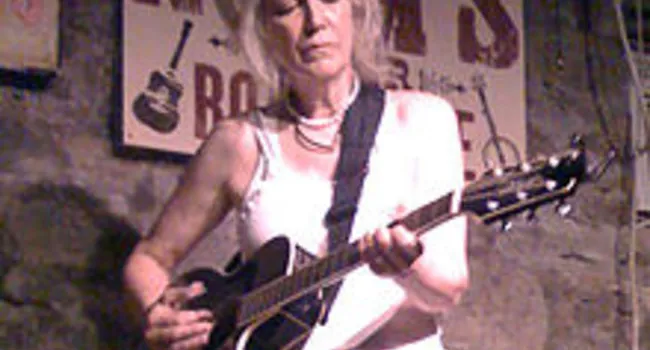“C” is for Charleston Ironwork. Elements of decorative iron first appeared on Charleston buildings during the middle decades of the eighteenth century. Crafted by local blacksmiths, they closely followed the designs of British architect and furniture designer, Robert Adam. After the Revolution, the designs of local architects and blacksmiths dominated the production of Charleston wrought iron. Among the noted pieces from this era is the much-celebrated Sword Gate, designed by Charles Reichert and forged by Christopher Werner. Imported and locally made ornate cast iron appeared in the 19th century, but Charlestonians continued to prefer hand-forged decorative elements created by local blacksmiths—rather than the florid Victorian iron lace. In the 20th century, the city’s blacksmiths continued to craft decorative pieces as a sideline to their main employment—shoeing horses. Among these was Philip Simmons, the most famous crafter of Charleston ironwork.
Charleston Ironwork | South Carolina Public Radio
Kaltura


































